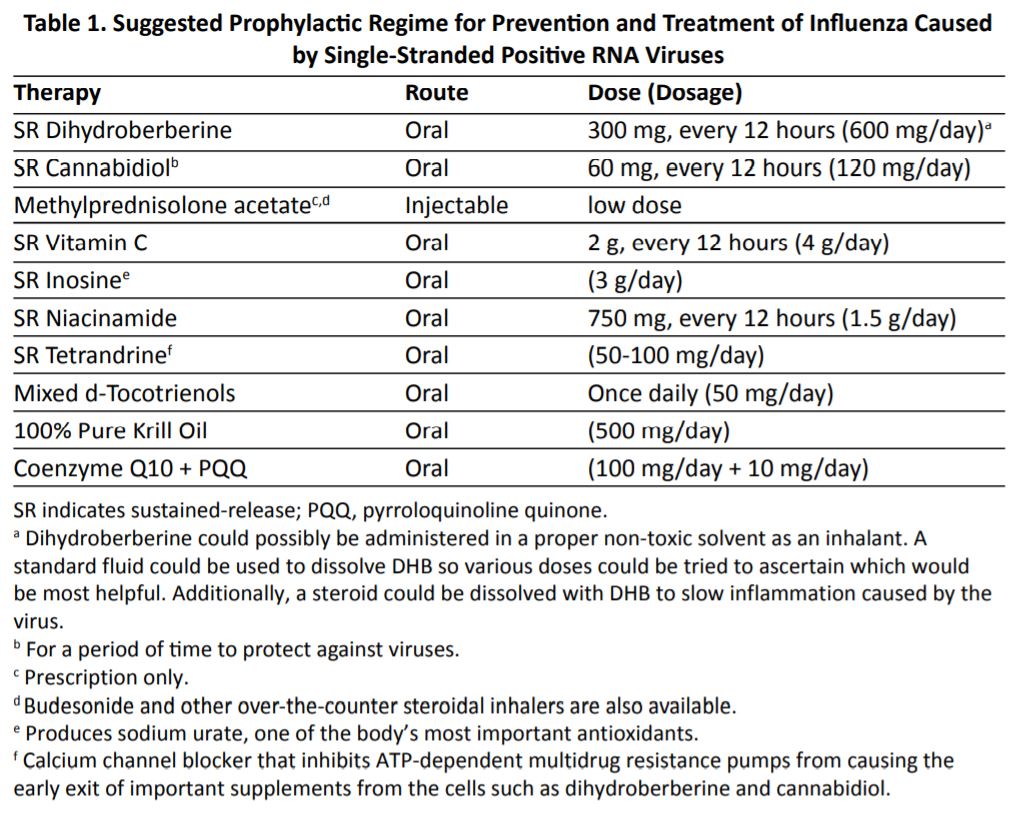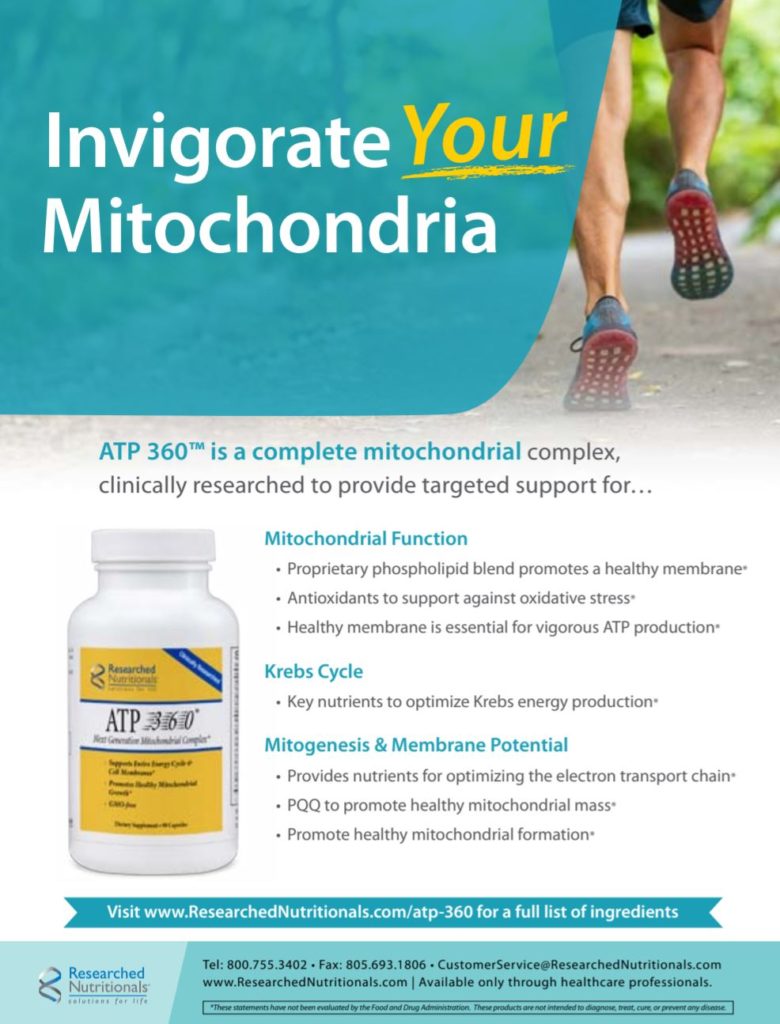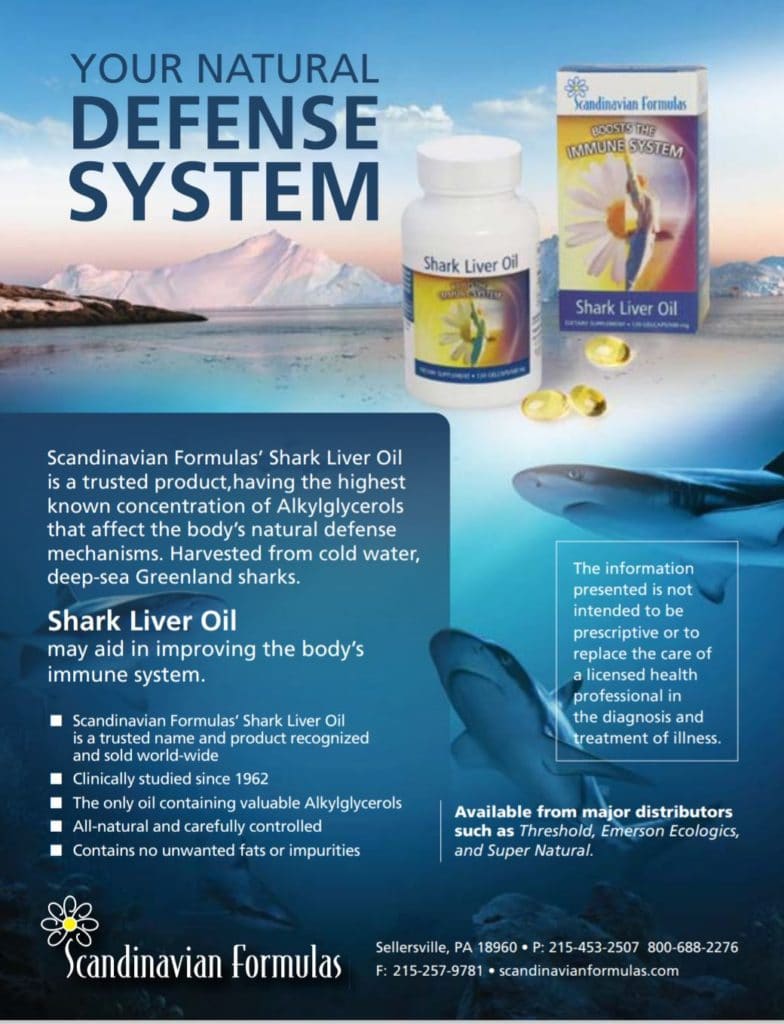Article continues…
O/N Stress and Diabetes

Certainly, multiple metabolic pathways that control carbohydrate and lipid metabolism are involved in diabetes. Almost all the drugs used to treat type 2 diabetes work by controlling the metabolism of carbohydrates or lipids like cholesterol and triglycerides, or they stimulate the production or release of insulin. Some do both. While these antidiabetic drugs may be partially effective to control symptoms, they fail to cure the disease or completely prevent the damage it causes.
We and others have demonstrated that O/N stress is a key cause of diabetes. Since excessive blood glucose and insufficient insulin activity (insulin resistance) increase O/N stress, antidiabetic drugs that control glucose and insulin also reduce some, but not all, of the damage from O/N stress.

Interestingly, people with type 2 diabetes often develop profound insulin resistance that requires large dosages of insulin. We have shown that peroxynitrite can lead to nitration of one or more of the four tyrosine residues on the insulin molecule. Others have shown that peroxynitrite can also damage the insulin receptor as a result of nitration of tyrosine residues in its active site. This causes insulin to be less effective in lowering blood glucose levels.
Use of SR Niacinamide
Decades ago, Professor Robert Elliott of the University of Auckland, New Zealand, reported that 500 mg of sustained-release niacinamide (Endurance Products Company; Sherwood, Oregon, USA) taken twice daily may have clinical value in helping to delay the onset of type 1 diabetes in young school-aged children. This is attributed to DNA repair and the need for large amounts of niacinamide. The repair enzyme requires a high level of NAD-dependent, ribose-ADP dependent polymerization. Since NAD is required to make more ATP, its depletion causes cell death. If beta cells fail to produce sufficient insulin, they die and metabolism controlled by insulin is lost. Thus, to live a nearly normal lifespan, a person with type 1 diabetes must continuously replace insulin from external sources and carefully manage their diet and lifestyle. It is crucial that they ingest supplements that produce targets for peroxynitrite. This can control peroxynitrite because the reaction of the two destroys peroxynitrite, which can help control diabetic damage. Dihydroberberine produces many metabolites that destroy peroxynitrite.
Use of Metformin and Berberine
Metformin, the drug most often used in the United States to control type 2 diabetes, is thought to stimulate AMP kinase, which is the “master switch” that controls carbohydrate and lipid metabolism in the mitochondria. The sustained-release form of metformin is considered to be the most effective. However, metformin is not without safety concerns. It is toxic to a fair amount of people, it causes kidney damage to some elderly diabetic patients, and it causes digestive upset in sensitive people.5
Over the last five to six years, berberine, a natural plant supplement that has biological activity of a calcium channel inhibitor, has been used by millions of people in the United States and around the world to treat prediabetes and type 2 diabetes. Like metformin, berberine in the form of a hydrochloride salt has been shown to activate AMP kinase. Berberine HCl has been shown to effectively control blood glucose.6 There is no data to suggest that metformin can relieve O/N stress. However, berberine, being a charged cation, is not well absorbed in some people and therefore is not the best form of this compound—i.e., an uncharged form would be better absorbed.
Many people with type 2 diabetes who have difficulty controlling their blood glucose with standard antidiabetic drugs have found berberine HCl treatment to work well without noticeable side effects unless high doses are necessary.7 In addition, berberine HCl has been shown to lower cholesterol and triglyceride levels equal to or better than metformin but without the drug’s known toxicity, and it is metabolized into effective antioxidants if it can become absorbed.8
Berberine HCl should be taken three times per day with a typical dose of 400-500 mg, every eight hours. Patients tend to remember doses to be taken in morning and at night, but forget to take the afternoon dose. Reducing this multiple-dosing frequency does improve patient compliance for correct dosing, which maintains more constant supplement levels.
…Article continues on next page…





